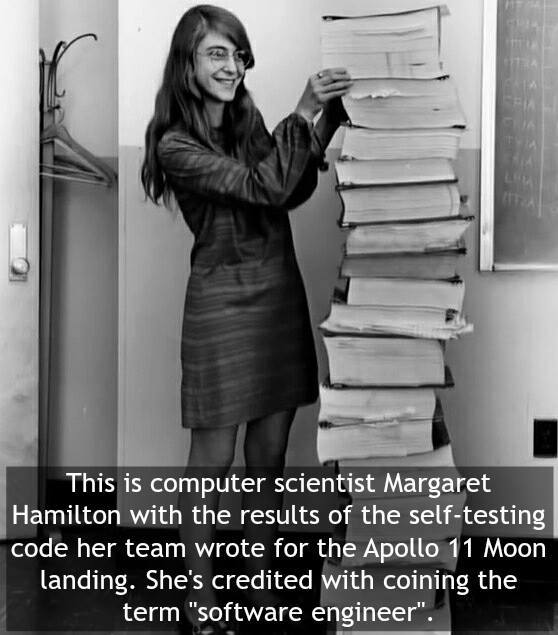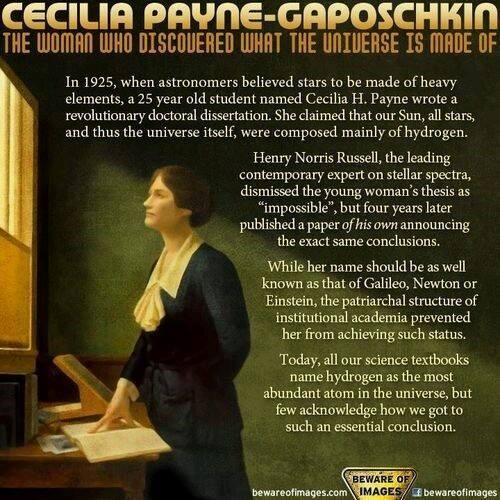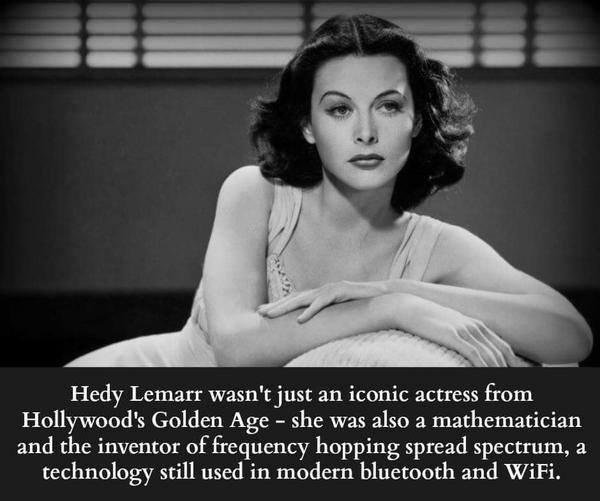First club meeting. Check.
Start coding. Check.
Pass out free Swag Bags. Check.

Last Sunday was our club’s first session — and it was awesome. This year, we’re in the library’s brand new tech lab, where there’s trusty wifi, a massive screen to project our beautiful code, and even a 3D printer (that we might be able to play with)!
After breaking the ice and completing our programming assessment, every girl got their own Girls Who Code “Swag Bag.”
Then to the fun part…
Since we are still searching for a teacher, I started with teaching the basics, that is, simple animations using the javascript library called Processing. After ironing down the kinks of downloading a compatible text editor on our computers and creating a specific processing folder, we began our “Drawing circle” code, where randomly sized and randomly colored circles appeared wherever the computer’s cursor was.

Since all of the girls came with different programming experience, we started off slow and steady. First the background, then the circles, then the colors, then the details.
After the girls fixed all the syntax errors, they were amazed with the final output. Alexis, a 16 year old first time coder, says that “seeing the final product was beyond rewarding!” Erin, a more experienced coder, posted and shared her creation on her Snapchat story right away.
By the end of the year, our goal is to empower girls in the club by giving them the power to code and to feel confident in themselves. We hope to learn new languages, go on field trips, and hear from powerful #GirlBosses.
More updates to come!






























